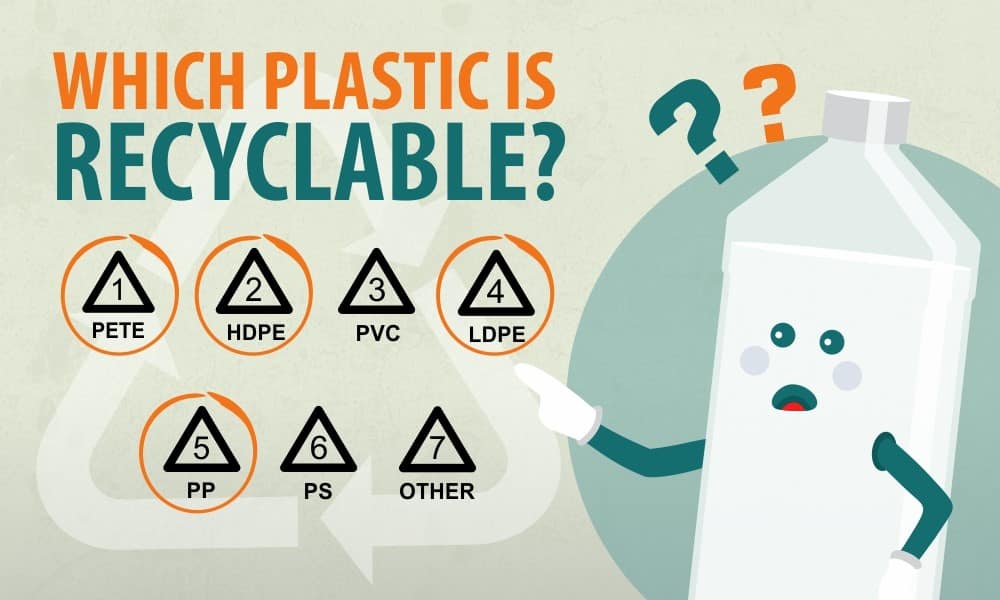Find possible causes of damage at this link.
Emergency set for shrink wrap packing repairs:
- Repair tape:
- Heat shrink tape of the same colour as the module – the wider the better, in order to use the maximum adhesion surface when repairing the packaging. We recommend tape with a width of around 10-15 cm. Of the types of tape sold by HEAT3, we recommend DS-704 (9.6 cm wide) or DS-706 (14.4 cm wide).
- Supergrip tape – with reinforced adhesive, suitable for repairs in humid conditions. We recommend DS-Supergrip (10 cm wide).
- Moisture-absorbing rag – for cleaning and drying the surfaces remaining under the repair tape.
- Folding ladder – for repairs at the maximum height of the product.
- Sharp knife – for cutting film. We recommend the DS-007 film knife.
- Drill, screws – for fastening strips once again if necessary.
- Heat-generating device – for heating tape and film in cold/wet weather.
- Camera/phones – for capturing the situation at each stage of transportation.
- Extra piece of heat shrink film – for quickly covering possible major damage.
When lifting the product onto a trailer and starting the trip:
- If possible, the product should be placed on the trailer in such a way that the closed side of the product is facing in the driving direction (in the driving direction the packaging should lie as possible against the product)
- Walk around the module and ensure that the lifting slings/chains have not damaged the packaging by sliding or pressing against the product.
- If there are signs of damage on the packaging, bring it to the attention of the shipper’s representative (the product may have been damaged during the lifting process, and corrective action before transport may be needed).
- If the shipper’s representative deems that the product has not been damaged or it can be repaired at the final destination point, the damage to the packaging must be repaired.
- If packed using strips, visually assess the stability of the strips that hold the packaging. If necessary, ask to add some fixing screws.
- If it is necessary to install fastening straps/belts over the product to secure the product avoid dragging them along the sharp edges of the roof to avoid damaging the packaging (this is the most common place where wind and moisture can start to become a problem during transport, thus defeating the purpose and reducing the durability of the entire packaging throughout the cycle).
- Under the fastening straps running over the sharp edges, strap corners should be placed in order to soften the strap cuts so as not to damage the packaging and the product.
Please note! After removing the straps when reaching the destination, inspect the edges and tape for damage. - When driving at transport speed and regularly during transport, make sure that the packaging is stable and in good shape. Properly installed strips and proper heating and taping of the packaging must keep the packaging tight around the product and its movement should be minimum.
If the packaging becomes a “balloon”, it means air has entered the packaging from somewhere and it must be decided on the spot whether it is possible to cease the air flow. Check the following:- Are the strips stable?
- Can you see a tear in the film somewhere?
- When you see a problem, act immediately to avoid further major work to repair the packaging and protect the product during transport.
- When you notice branches hanging over the road, cables, traffic signs/traffic lights, etc. by the road, take into account their location and, if possible, stay away from them when manoeuvring and choose an appropriate driving speed as you pass.
- If contact with these elements is unavoidable, pass branches and electrical wires hanging above the road at minimum speed, allowing the branches or electrical wires to slide along the tight, slippery film over the product. By passing the branches at low speeds, you significantly increase the chance that the packaging and the product will not be damaged and that no roadside repairs will be necessary. If contact with a foreign element damages the packaging, tape the tear as soon as possible or reduce the speed so that the cut does not tear further.
Upon arrival of the product at the point of delivery or final destination:
- Remove the straps/chains belonging to the vehicle.
- Inspect the packaging for possible damage caused by the straps and tape them if necessary.
- Check whetherother damage to the packaging has occurred on the road (from branches, cables, traffic signs, the product itself, etc.) and tape the damage properly. If necessary, use extra pieces of film.
- If there has been damage to the packaging or its fastenings, capture the situation clearly with a photo before and after the repair, and draw the attention of the next carrier to the repaired area.
 PROTECTION
PROTECTION DURABLE
DURABLE EASY TO USE
EASY TO USE LOWER COST
LOWER COST LIGHTWEIGHT
LIGHTWEIGHT QUALITY
QUALITY ENVIRONMENTALLY FRIENDLY
ENVIRONMENTALLY FRIENDLY


 SHIPPED WORLDWIDE
SHIPPED WORLDWIDE BEAUTIFUL OUTCOME
BEAUTIFUL OUTCOME FAST QUOTATION
FAST QUOTATION